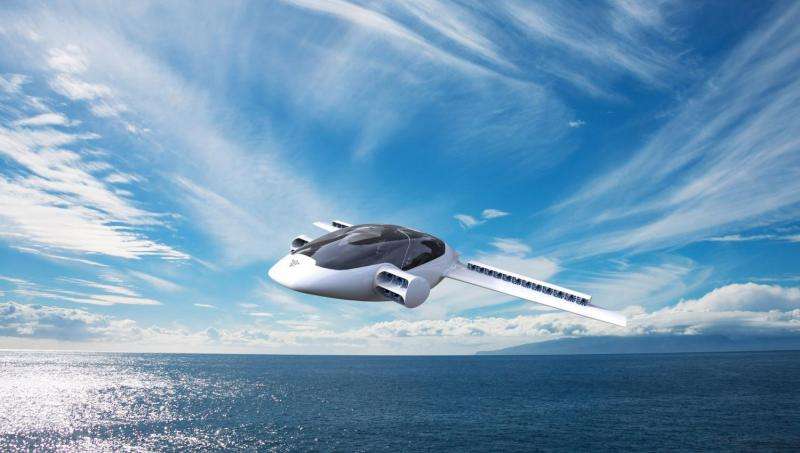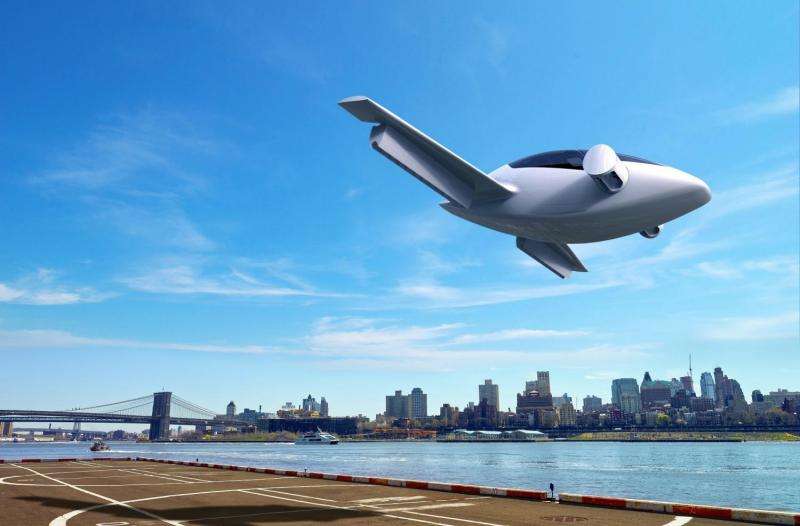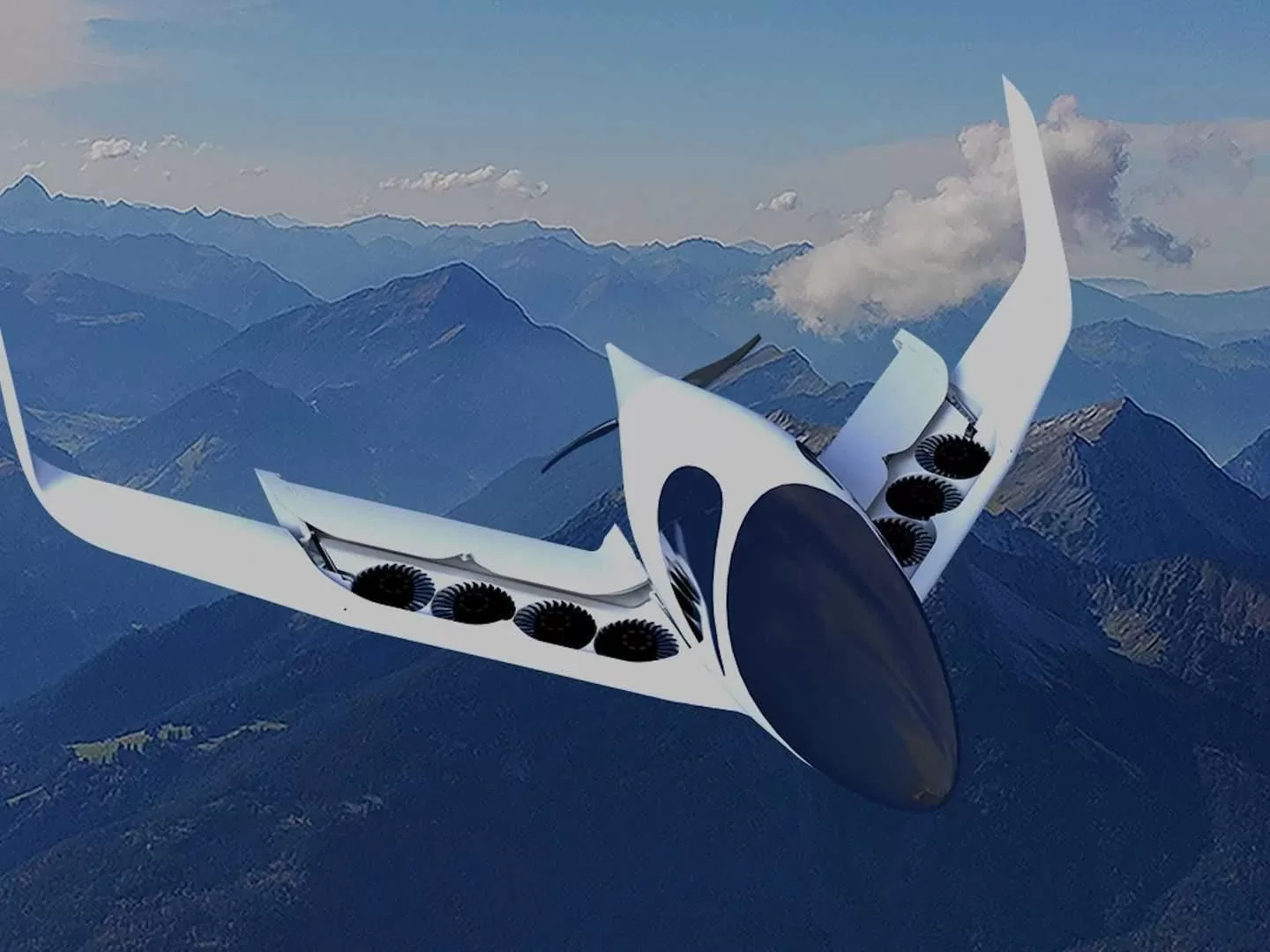Vertical lift is provided by pusher propellers and ducted fans on the Origin personal air vehicle during cruise phase. Electric motors will drive the fans using a hybrid electric powerplant that is powered by a standard engine that recharges batteries. In order to increase range and optimise aerodynamics, the ducted fans in the wings will be covered once the aircraft reaches a cruise speed of 160-180 km/h (100-113 mph)
At first, Atlas Aero believes the two-seat aircraft will serve as an alternative to light helicopters, such as the Robinson R-22. In the future, eVTOL aircraft will be operated autonomously for air taxi flights, as well as as alternatives to cars that can drive on roads.

The eVTOL concept was developed in 2015, and the German company was formed in July 2019. The Atlas Aero aircraft will be capable of reaching speeds of up to 300 km/h (188 mph) and a range of up to 1,500 km (937 miles). There would be a maximum ground speed of 30 km/h (18 mph). Fuel consumption is estimated to be 100 kilometers per five liters (1.32 gallons).


A full-scale technology demonstrator was intended to be ready for the Aero Friedrichshafen air show in Germany by April 2020. Towards the end of 2020, the company plans to start testing this version.
A full-scale proof-of-concept vehicle to test hybrid-electric propulsion will be completed by the end of 2020, the company says. By the end of 2022, a two-seat prototype should be built and ready for type certification testing, provided sufficient funds are available.
A piloted version of the aircraft is expected to enter service in 2025, according to Atlas Aero. Under the new EASA Special Conditions rules for eVTOL aircraft, the German company intends to complete certification. It may choose to use existing CS23 rules instead if these cannot be confirmed in time.



